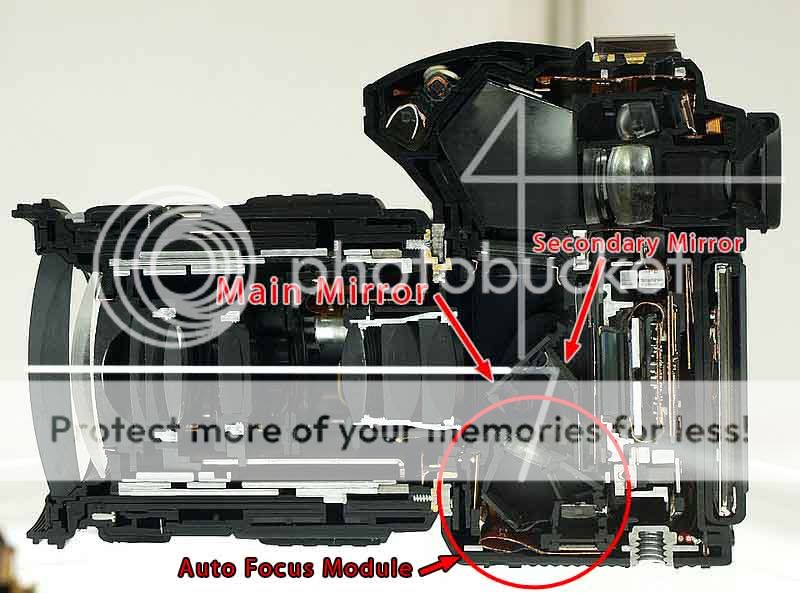jedirunner
TPF Noob!
- Joined
- Jan 13, 2012
- Messages
- 354
- Reaction score
- 71
- Location
- Utah
- Can others edit my Photos
- Photos OK to edit
Hey all,
I was looking over comparison specs between 5dMIII and D800 and noticed a comparison point that I didn't know how to interpret. On one camera, the AF only goes to f/5.6 and on the other AF goes to f/8. I can't be interpreting this right, as I interpreted that to mean "auto focus doesn't work at narrower aperture than f/5.6" (or f/8 for the other).
Is that how that spec is supposed to be interpreted? When does or does not that particular spec matter to someone?
(I'm not in the market for either of these cameras ... just trying to understand what the spec means).
Thanks!
Kevin
I was looking over comparison specs between 5dMIII and D800 and noticed a comparison point that I didn't know how to interpret. On one camera, the AF only goes to f/5.6 and on the other AF goes to f/8. I can't be interpreting this right, as I interpreted that to mean "auto focus doesn't work at narrower aperture than f/5.6" (or f/8 for the other).
Is that how that spec is supposed to be interpreted? When does or does not that particular spec matter to someone?
(I'm not in the market for either of these cameras ... just trying to understand what the spec means).
Thanks!
Kevin





![[No title]](/data/xfmg/thumbnail/37/37528-9e874fc2fc9aad7c13c894c1439dcc10.jpg?1734170686)



![[No title]](/data/xfmg/thumbnail/38/38744-40fa9998379b0f33925964a11a718029.jpg?1734172603)



